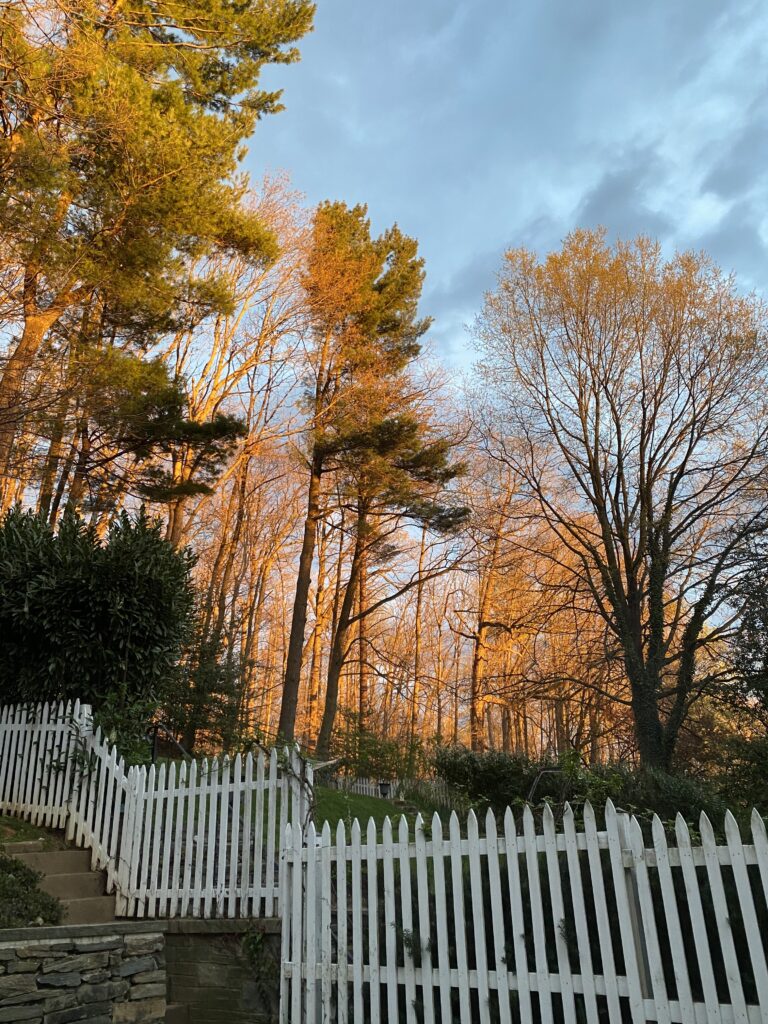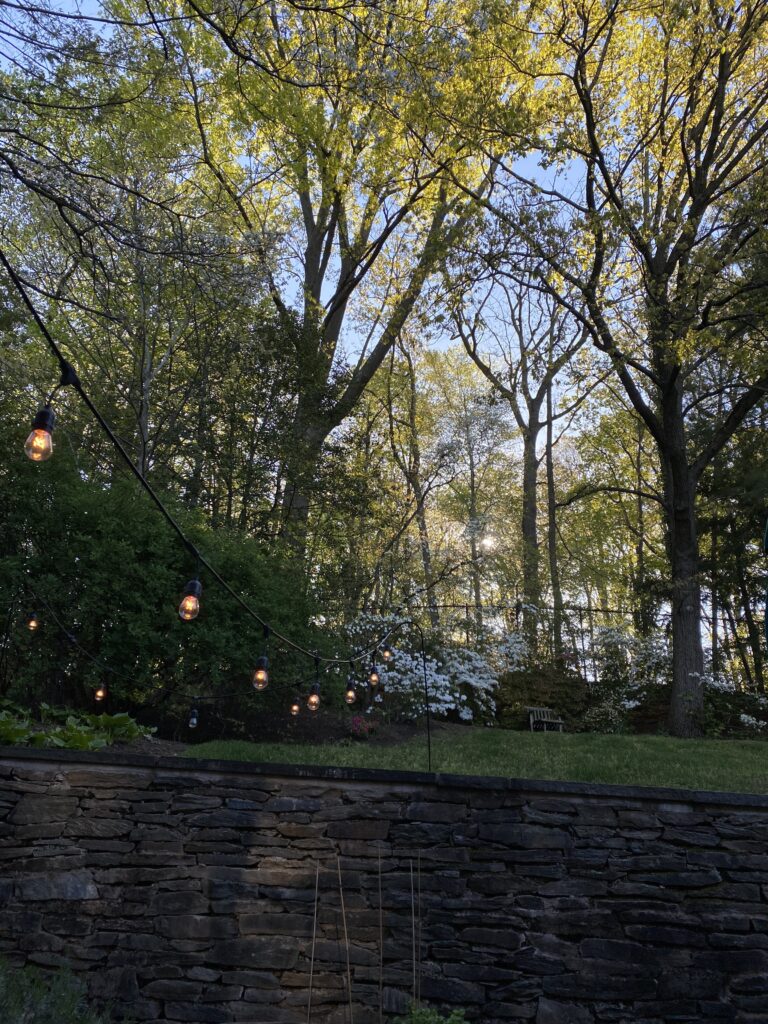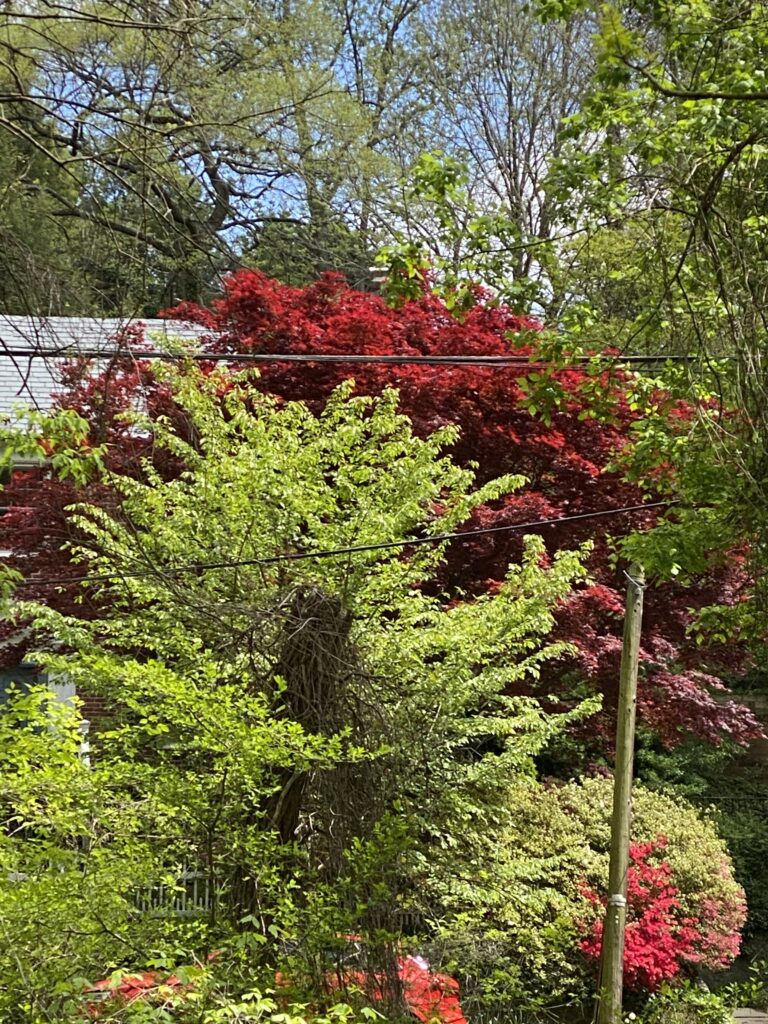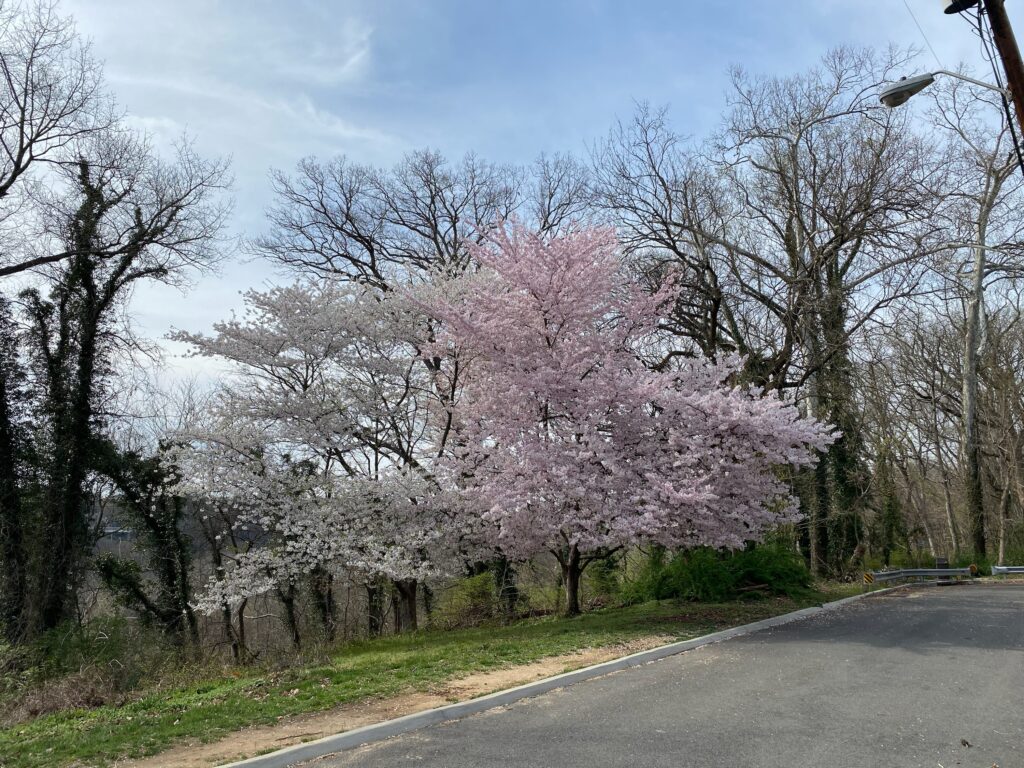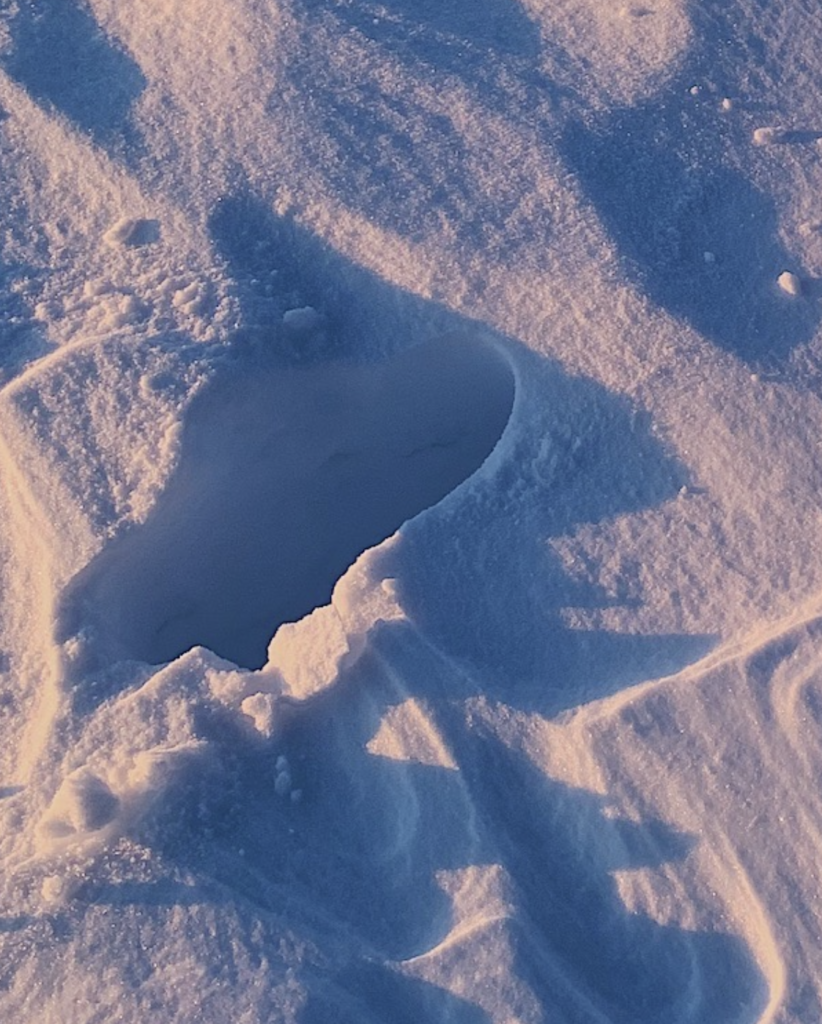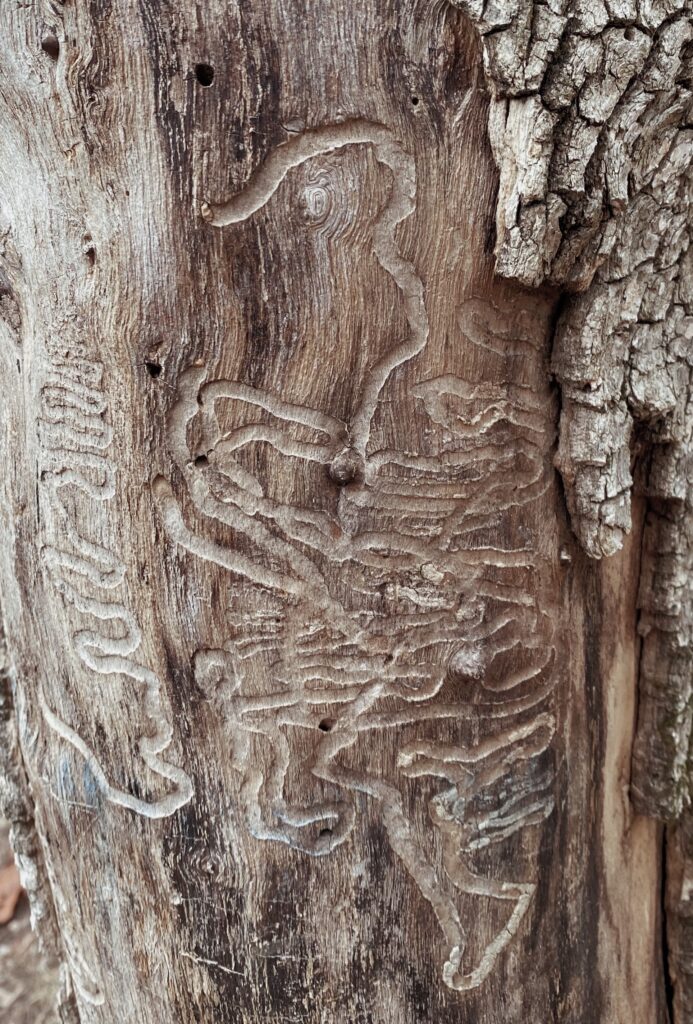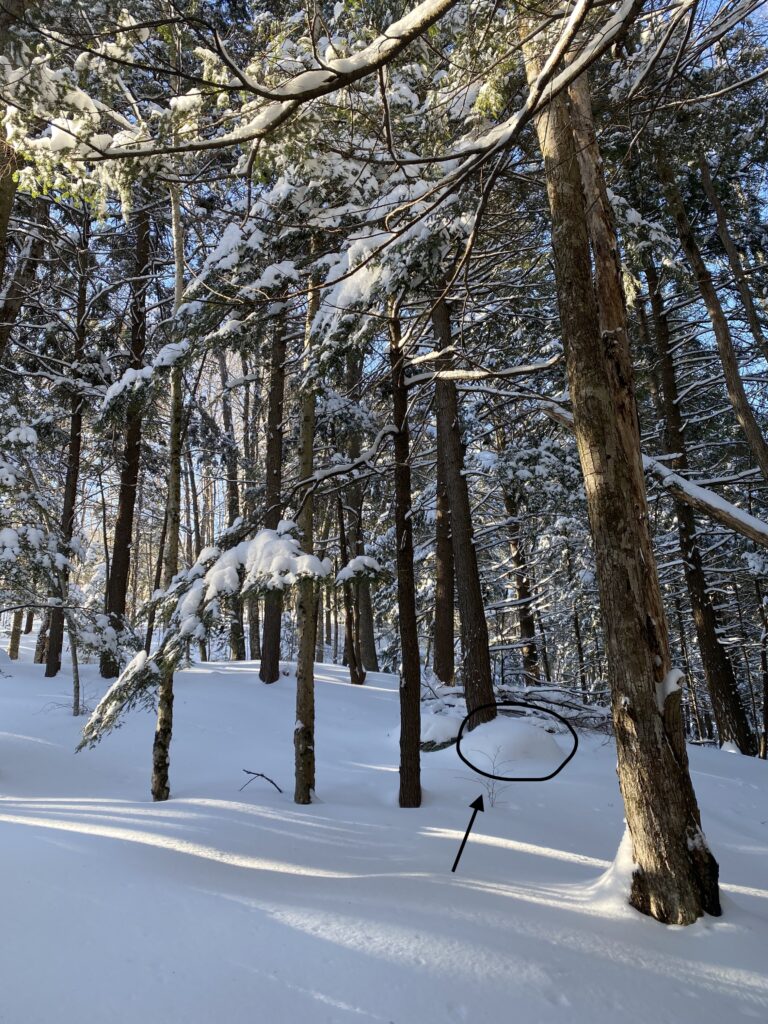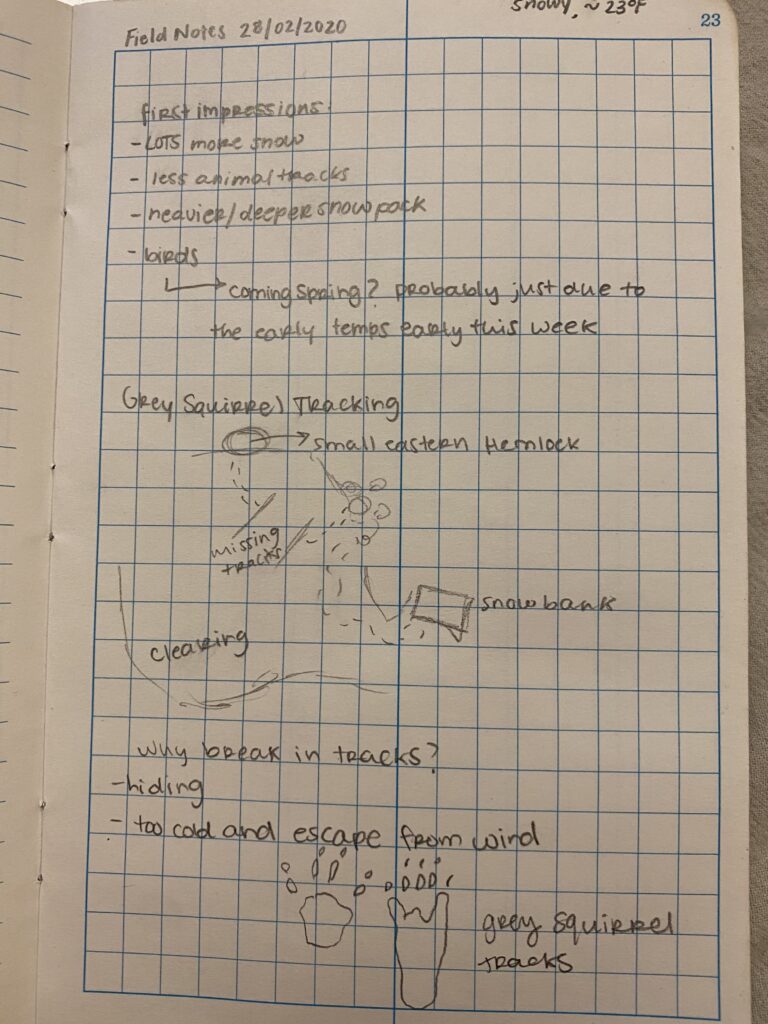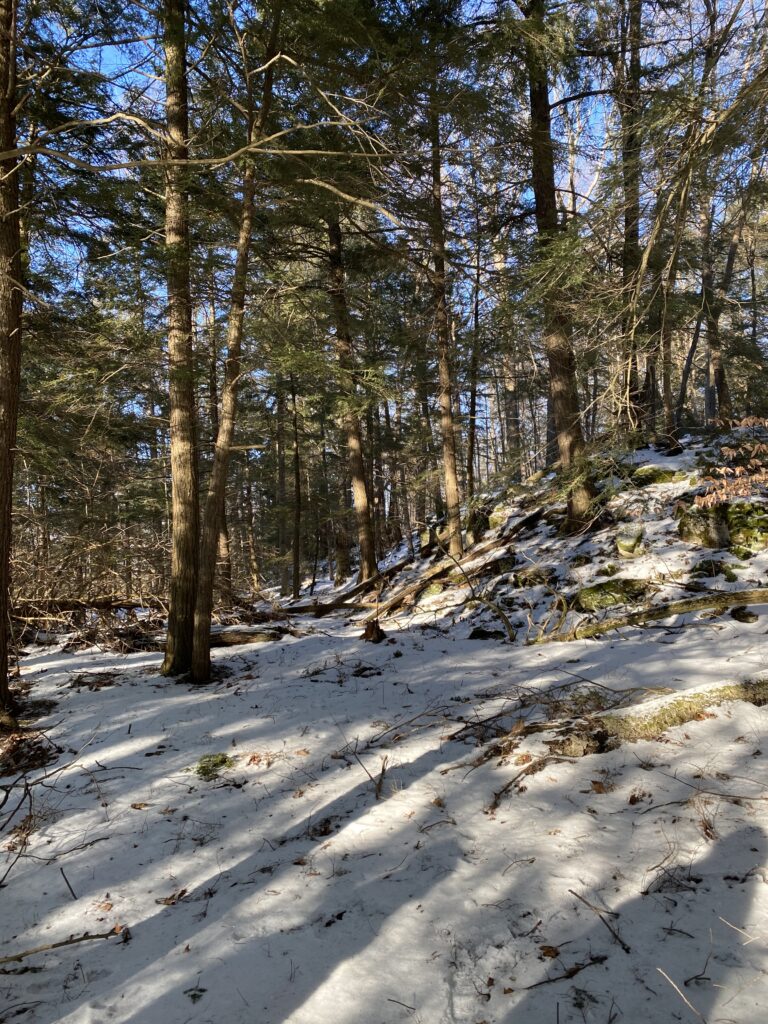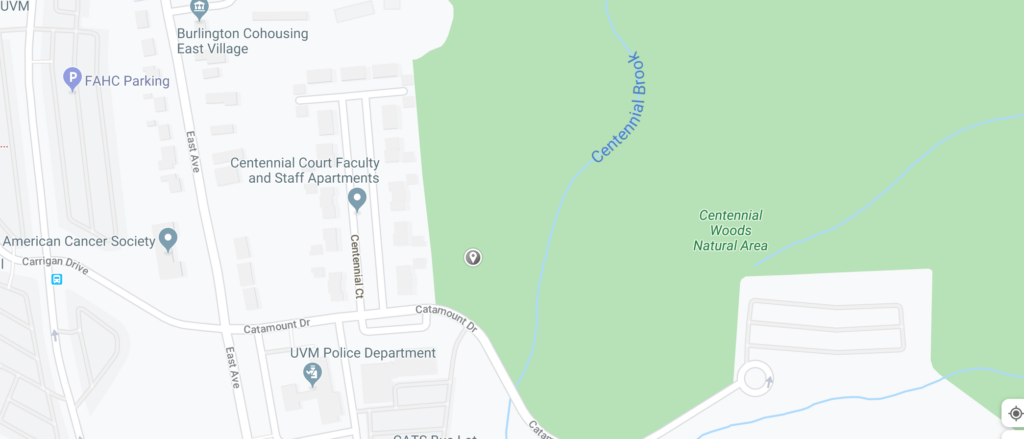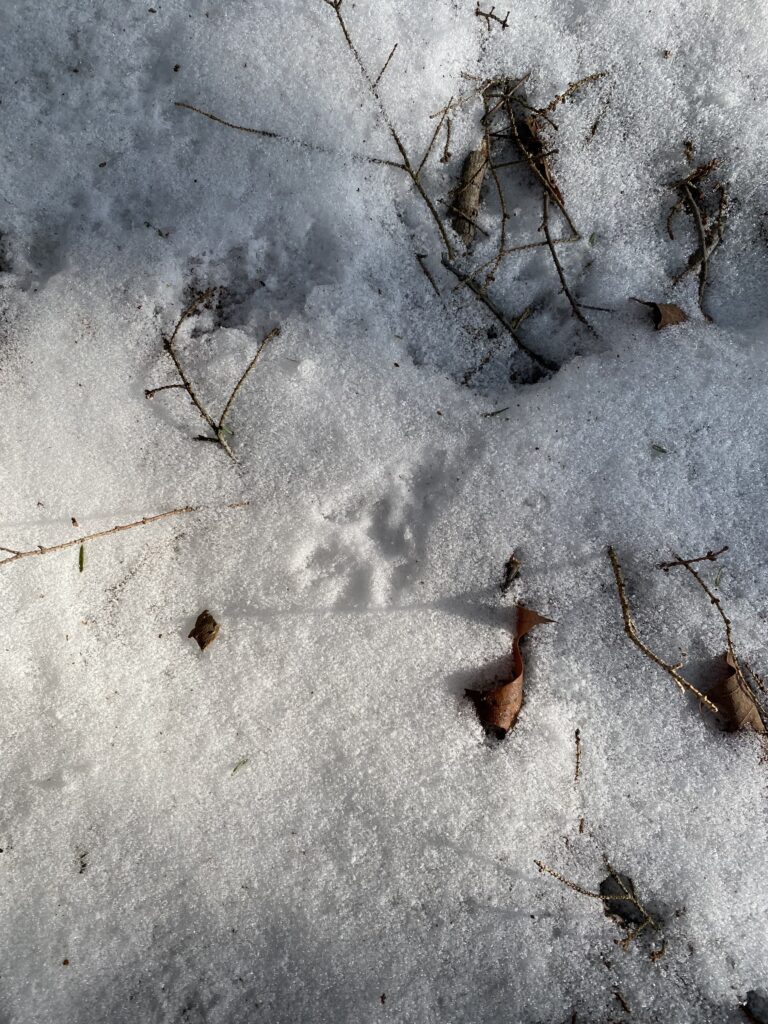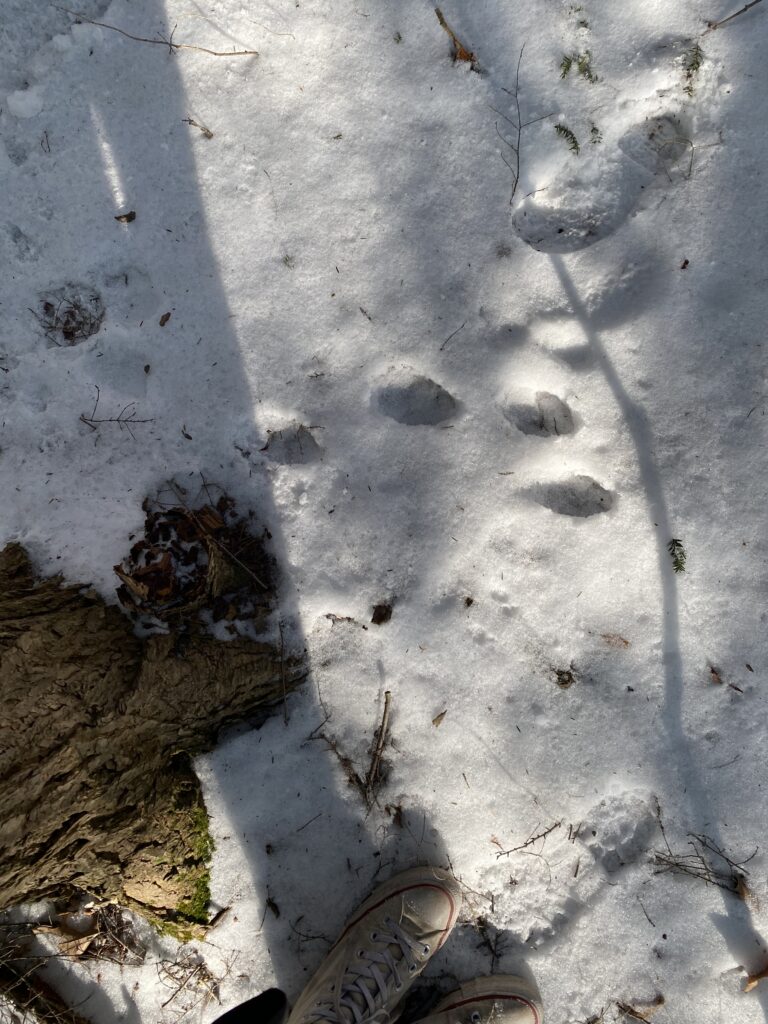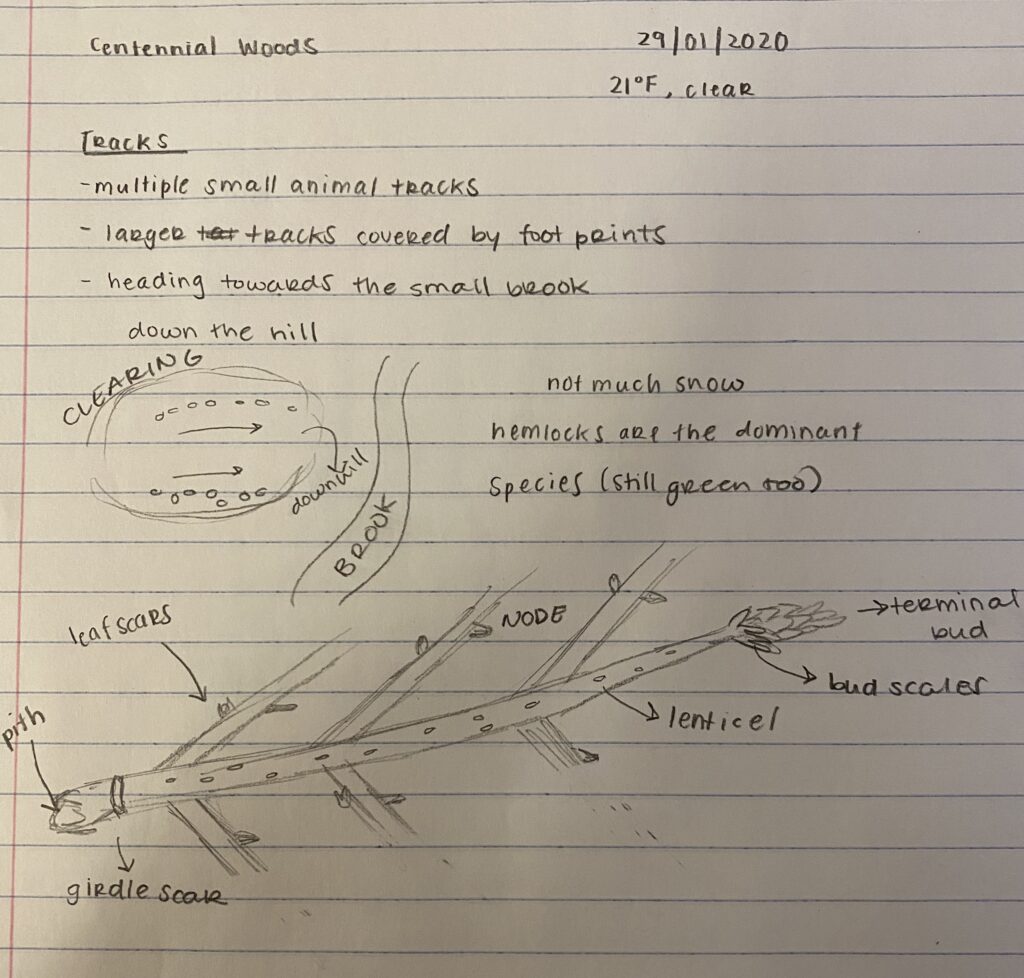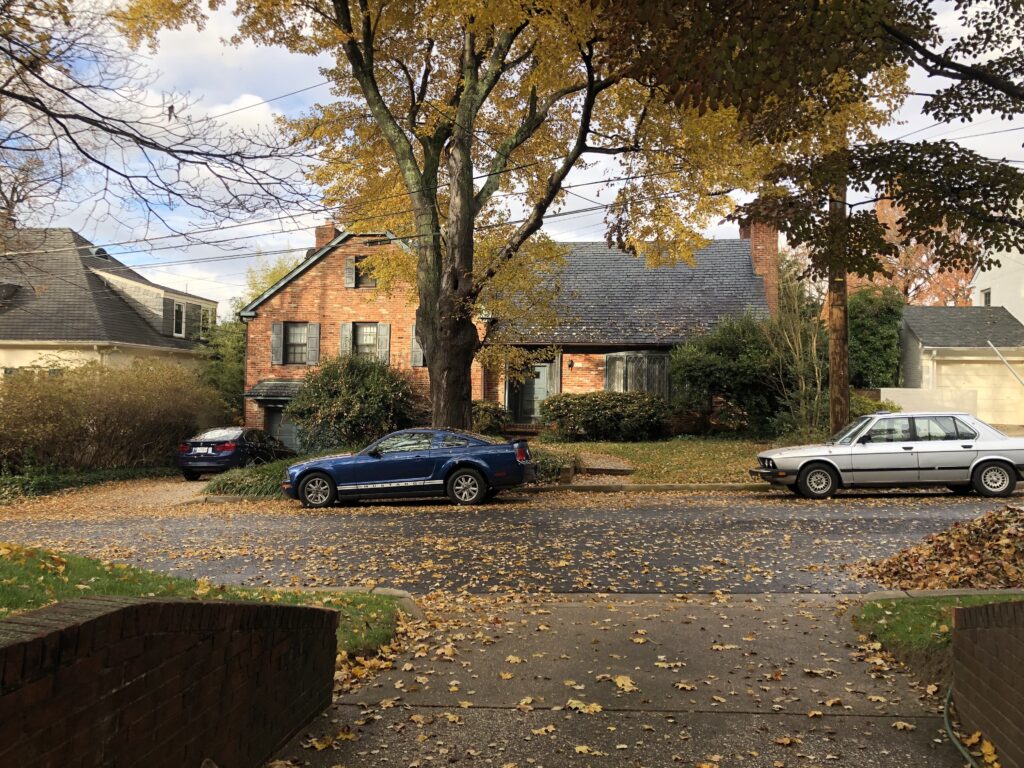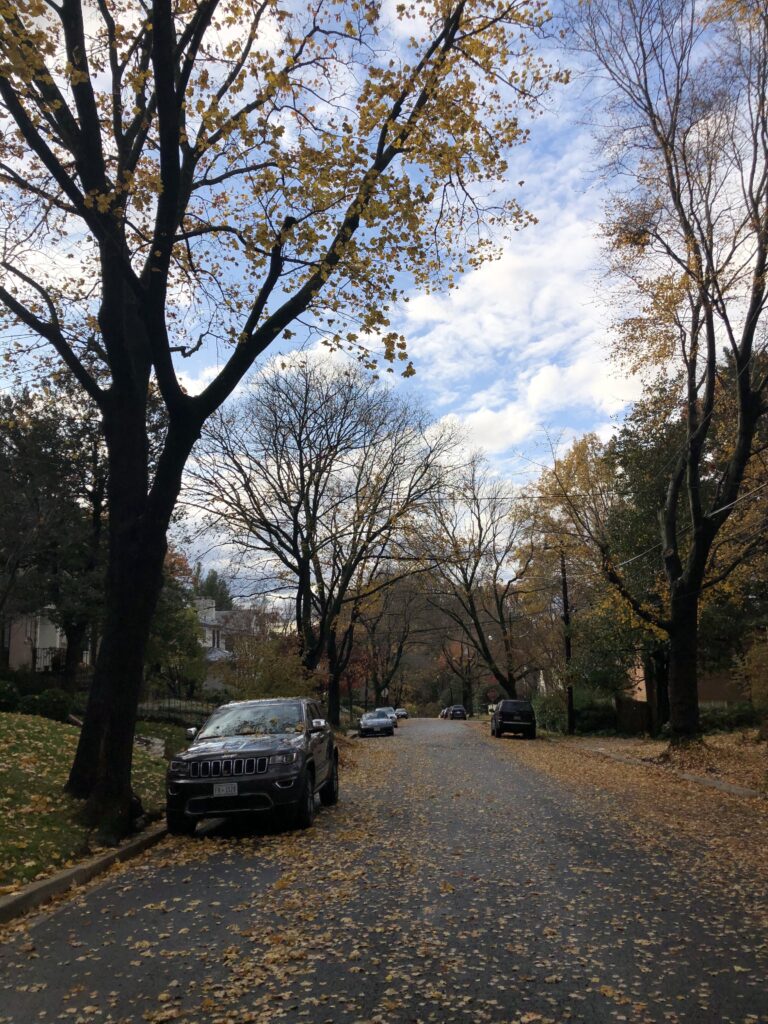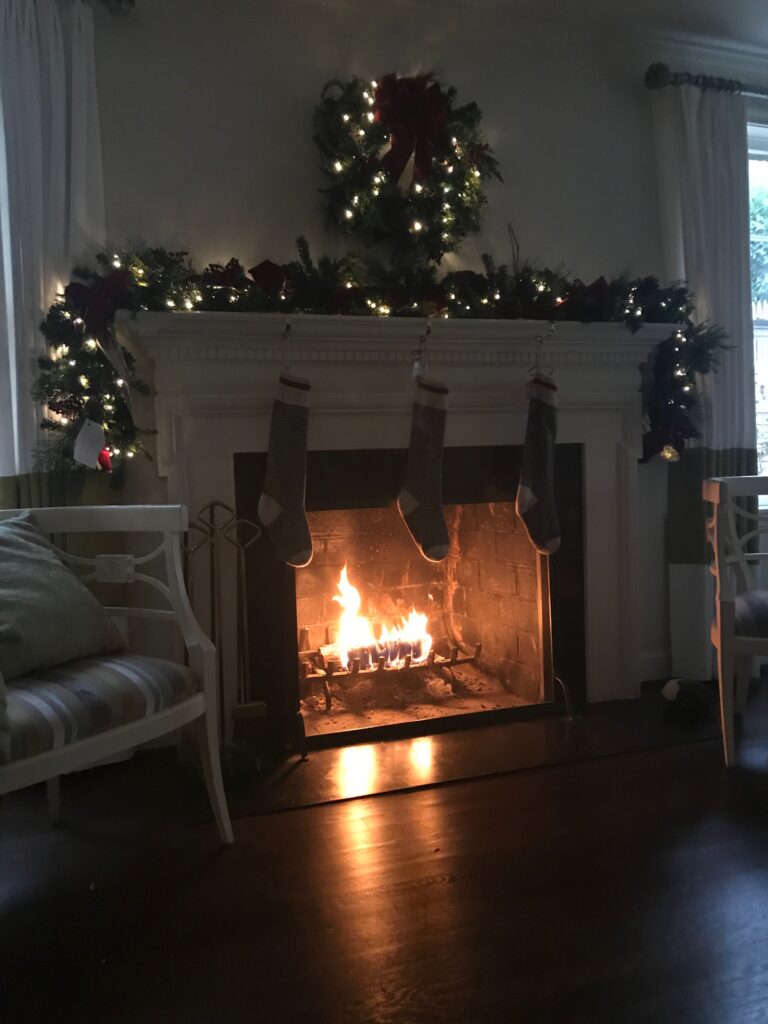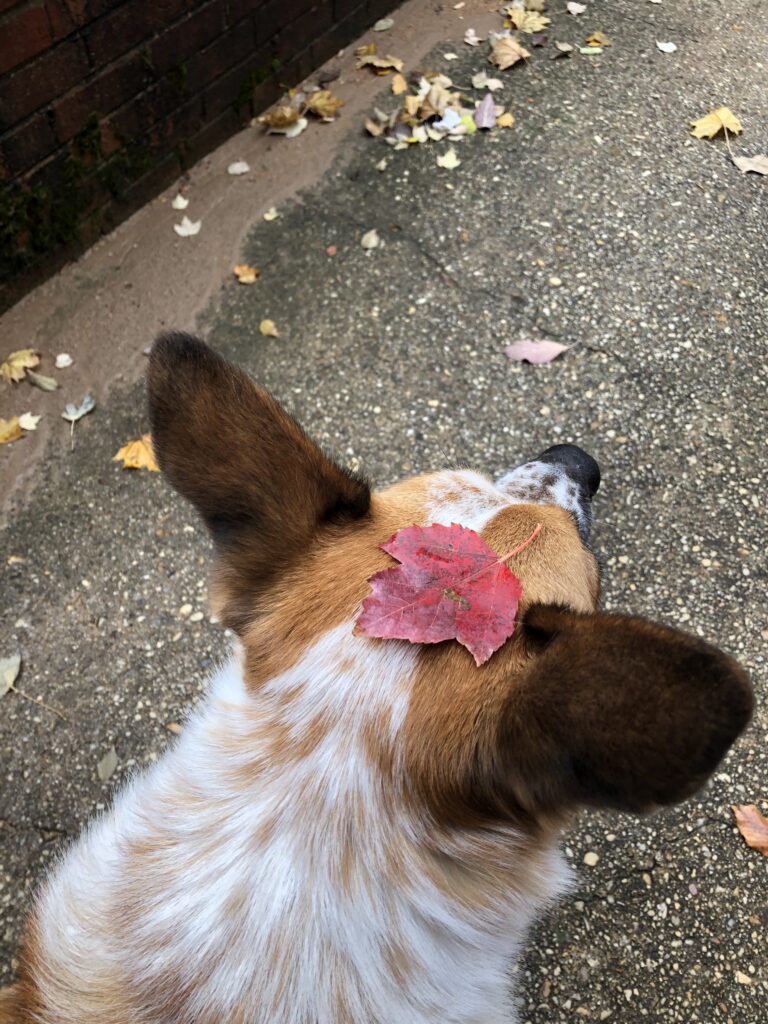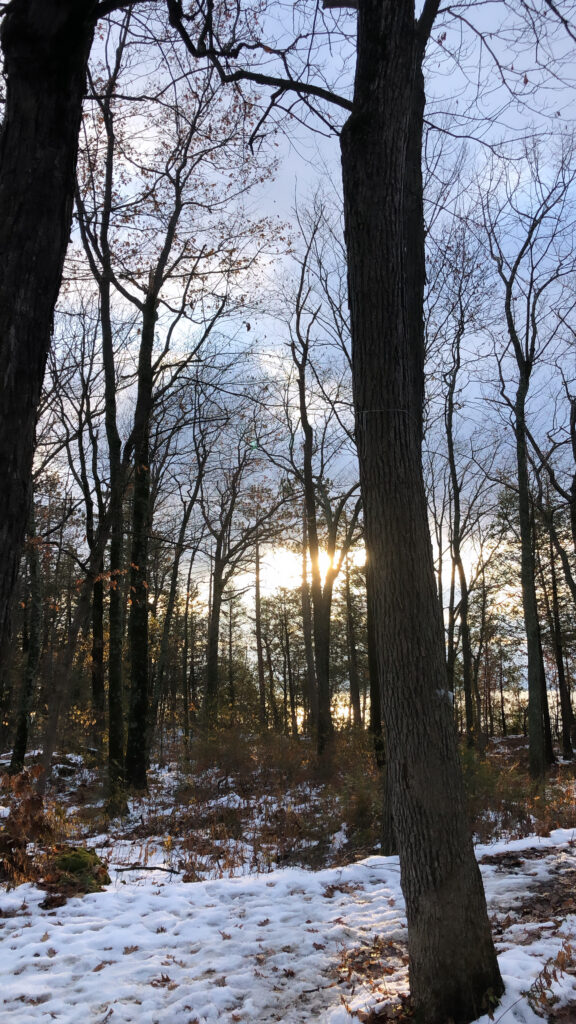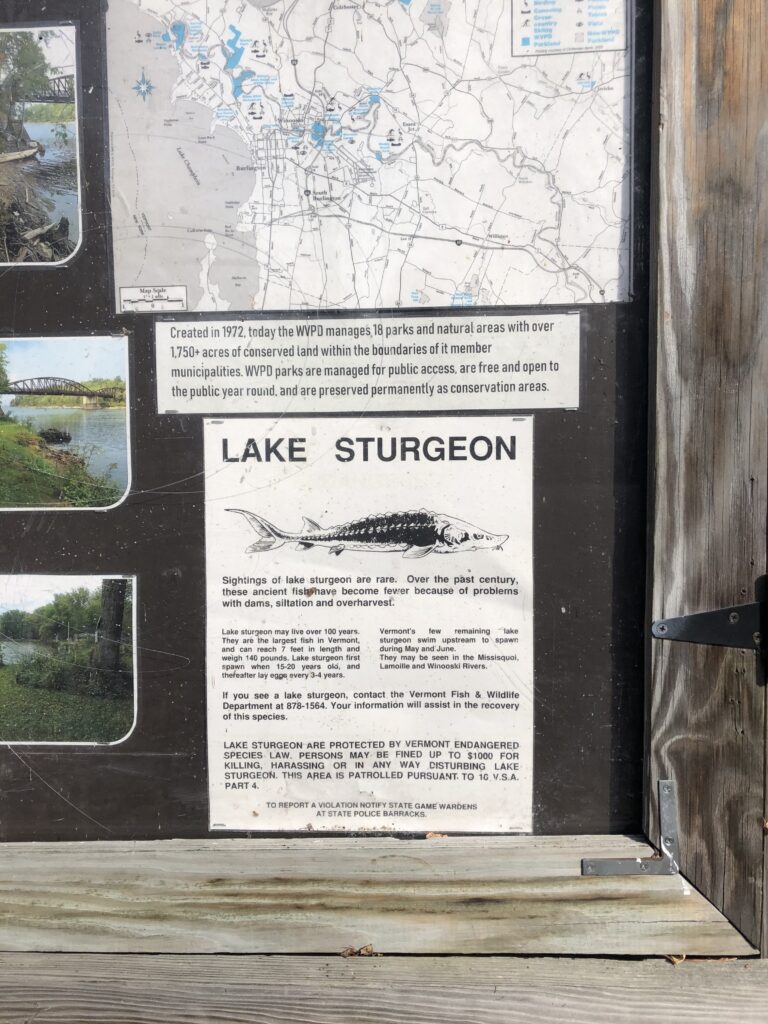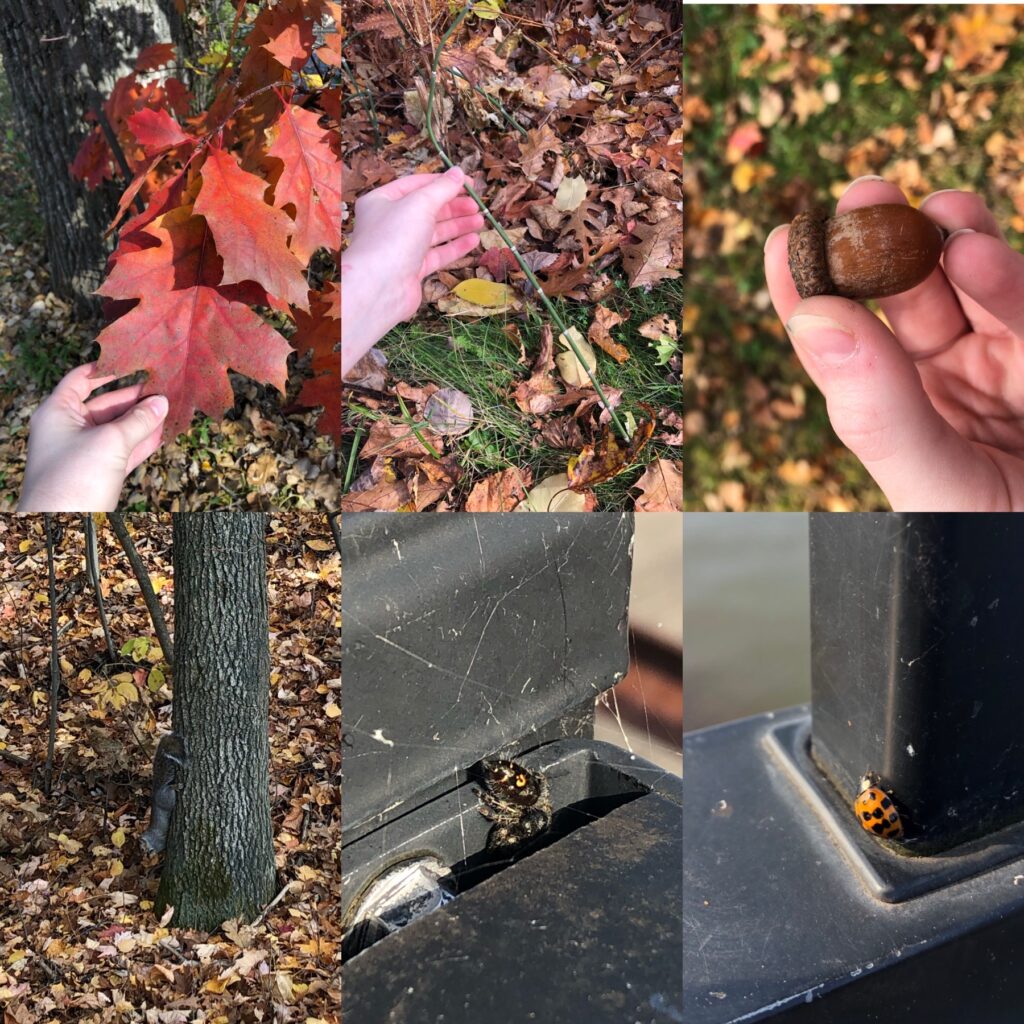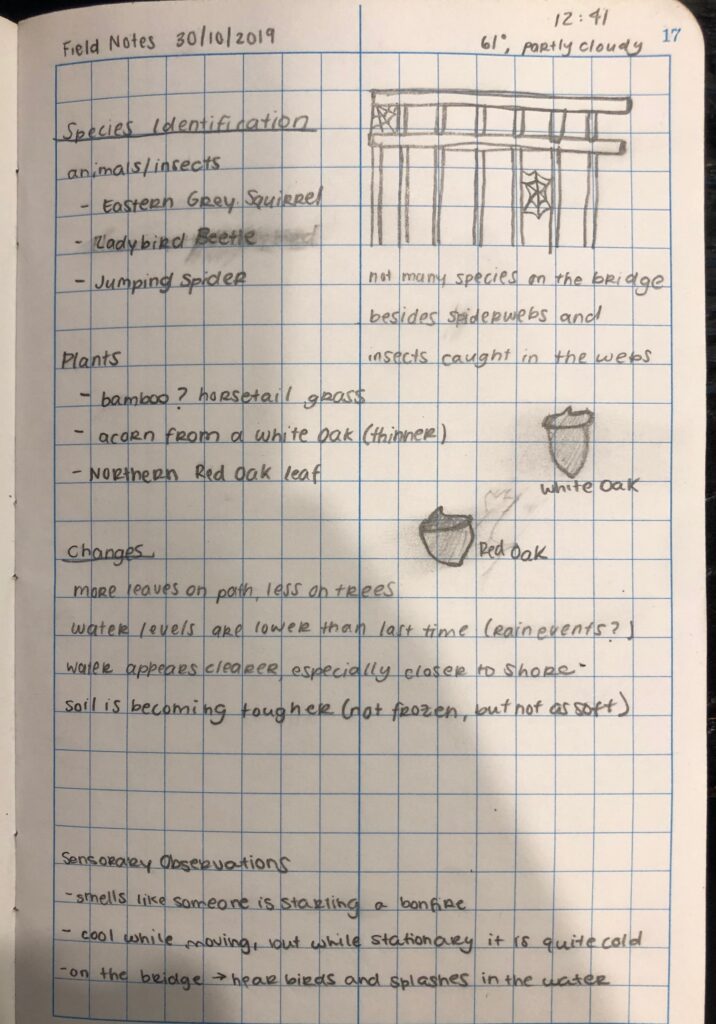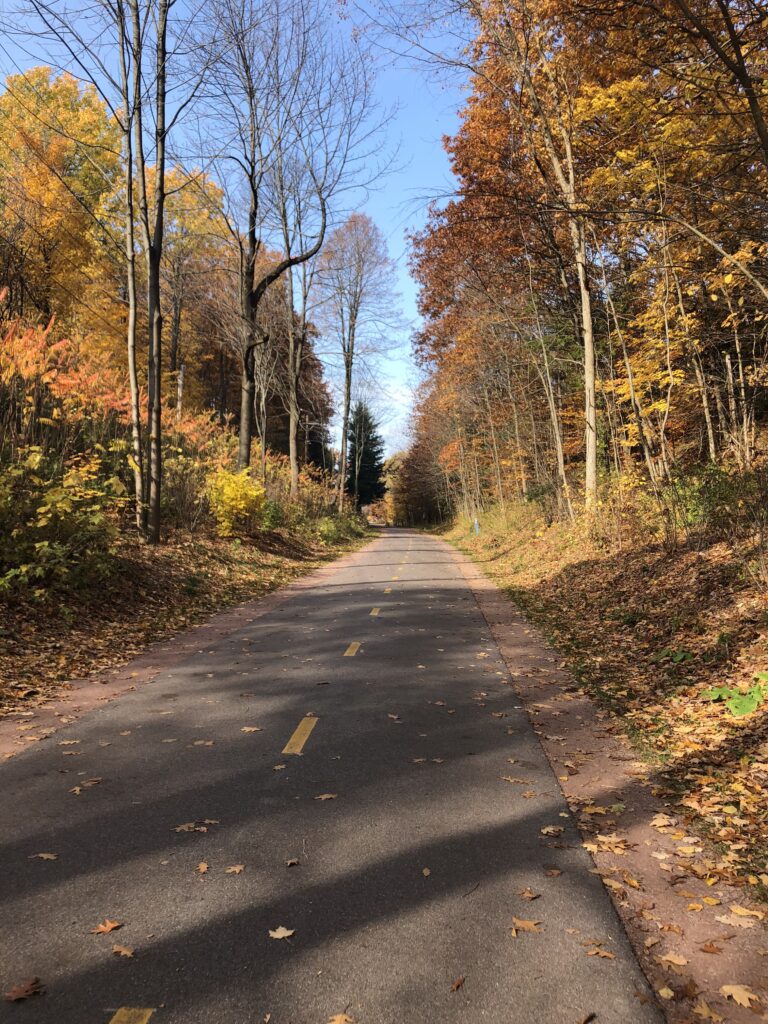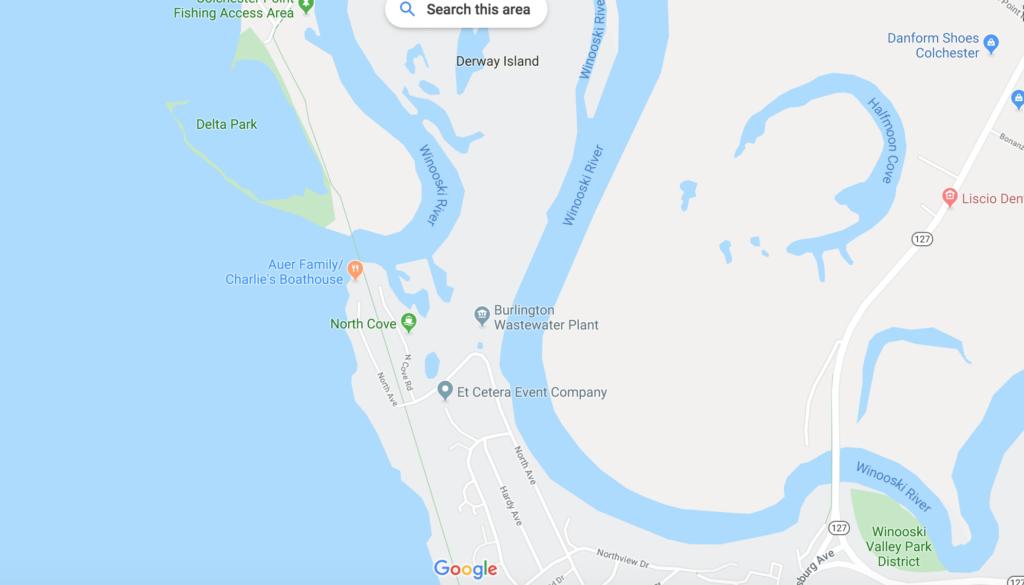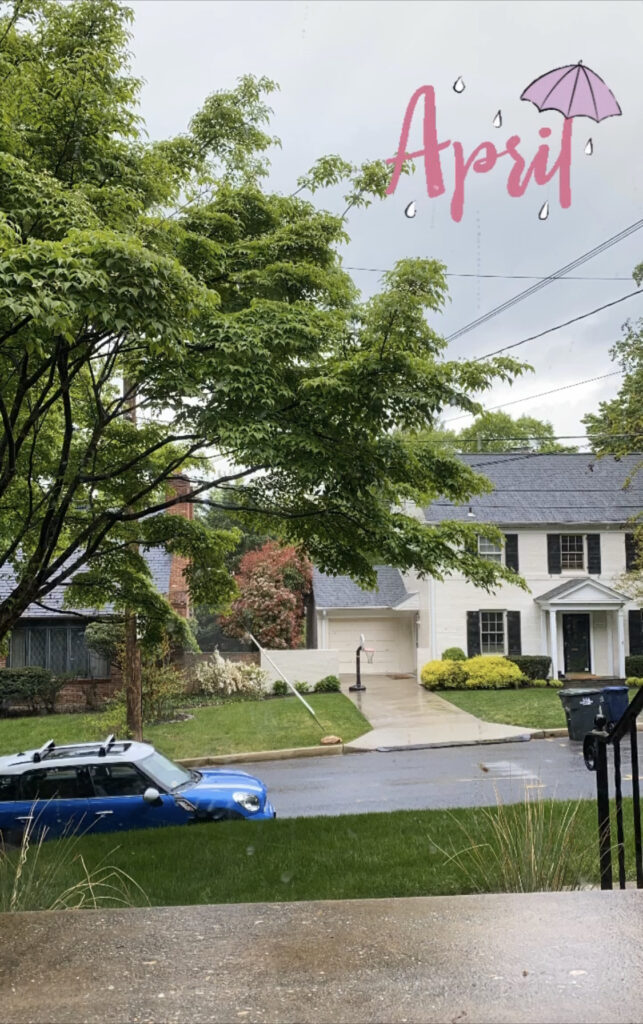
The old saying, April showers bring May flowers, could not be more true when describing the weather in Washington, DC this past month (Figure 1). And, while the combination of quarantine orders and rain should compel people to remain indoors, local paths and sidewalks are teeming with life – both human and flora and fauna.
Flora
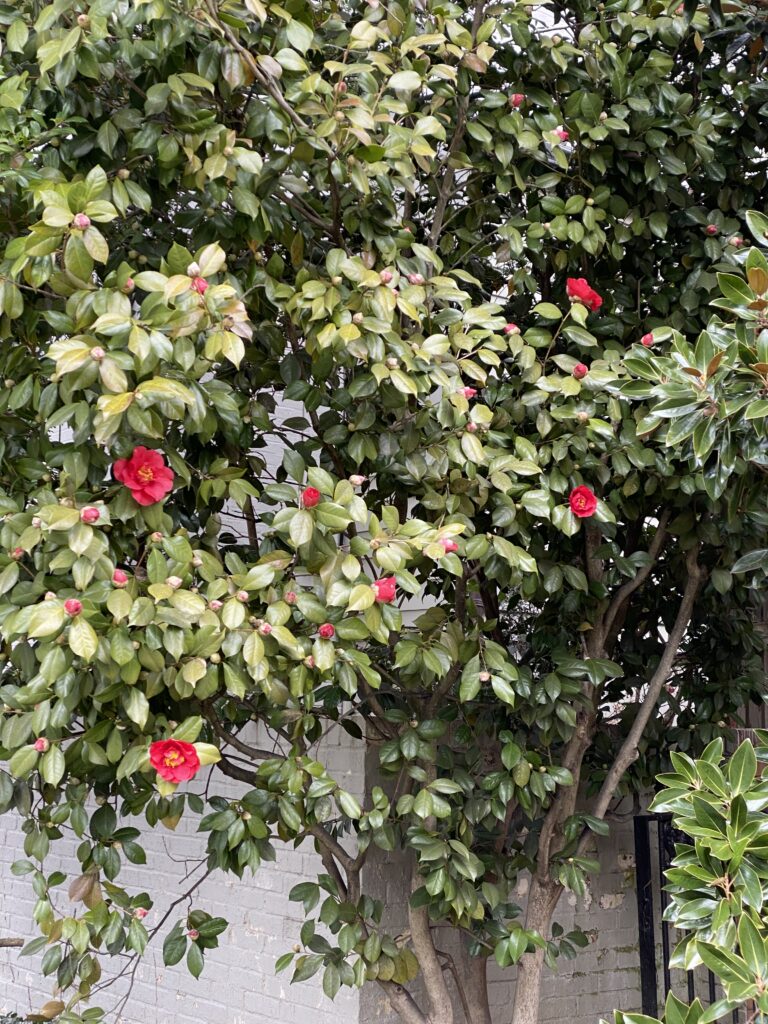
My allergies have been through the roof ever since moving back home. The trees, bushes, and flowers in my backyard seemed to reach peak bloom (Figure 2) in the beginning of April and have yet to let up. While my allergies may cause some unwanted congestion, the beauty of these blooming plants helps me through these monotonous days. On weekly family walks, we’ve been able to watch the neighborhood plants all bloom at different times. First, it was the Cherry Blossoms lining our busiest street. Next, the tulips and Camellia trees (Figure 3) popping up all over our and our neighbors’ yard. And most recently, it has been the Dogwood and Japanese Maple trees spotting several front yards (Figure 4 & 5). My dog, while she often never passes up a tasty beef treat, recently seems to have herbivore fever and proceeds to eat every plant in sight on our walks (Figure 6).
Fauna
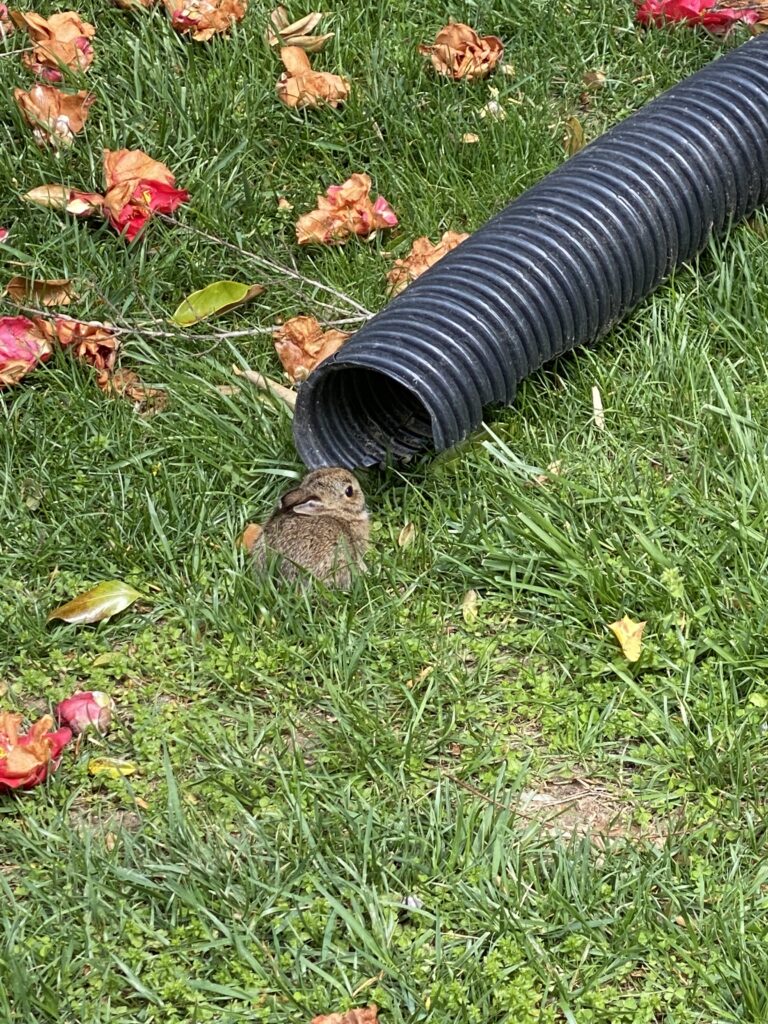
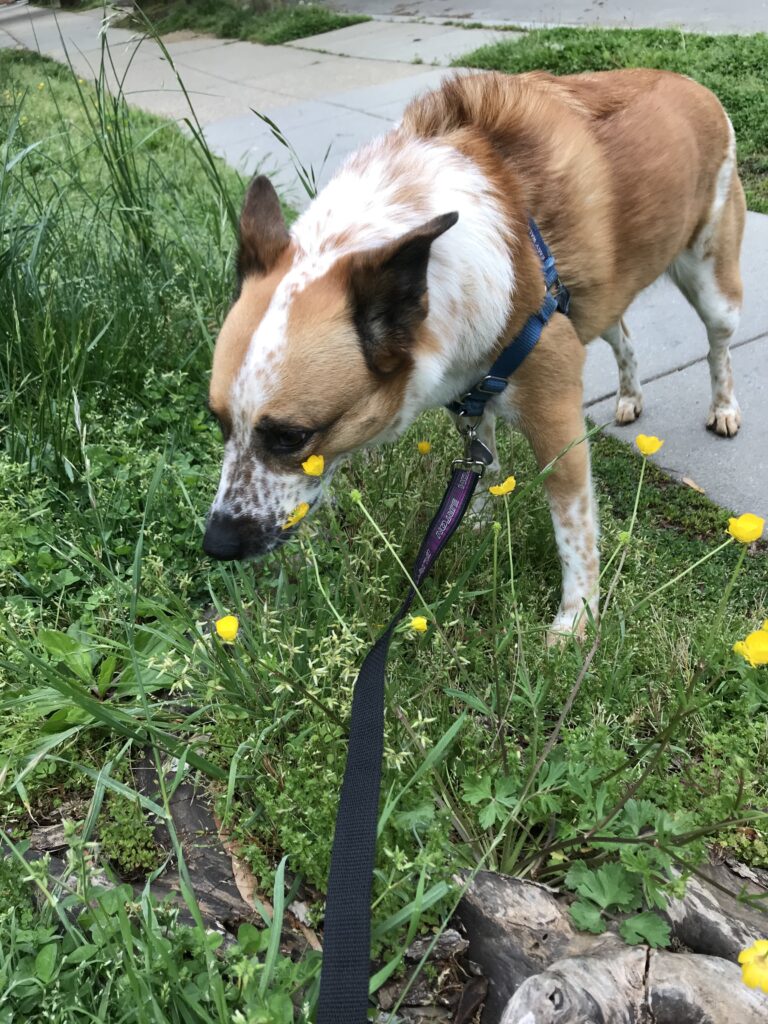
Spring fever is in the air. The local squirrels and foxes are busy running around teaching their young the ropes of survival, all while severely riling up my dog in the process (much to my father’s dislike). Every morning, a small red fox stares down my dog through the old wire fence in our backyard. I have yet to document this almost comical interaction though film, but the loud yaps from the fox act as a neighborhood alarm clock these days. In he mid-April, just around Easter time, my backyard was graced by some extra special residents – a family of small wild rabbits. We first spotted the mom and dad bunnies hopping around the yard, feasting on the weeds and fallen flower petals, but soon discovered two babies living in our fallen stormtube (Figure 7). Here, mid-April weather consisted of heavy winds and cold temperatures, and we believe that the mother and father rabbits placed the small babies in the tube to protect them from the elements. After the babies left from the tube, our excitement shifted to bird watching. Our backyard seems to be a small battlefield, with robins, cardinals, and blue jays (Figure 8) all working to stake their claim. And, while I was not able to spot it, my mom told me that a neighbor posted a bald eagle sighting. This sighting tends to stir up lots of excitement in my area because one, they are truly magnificent birds to see in real life, and two, their return to the area indicates that the health of the Potomac River is improving!
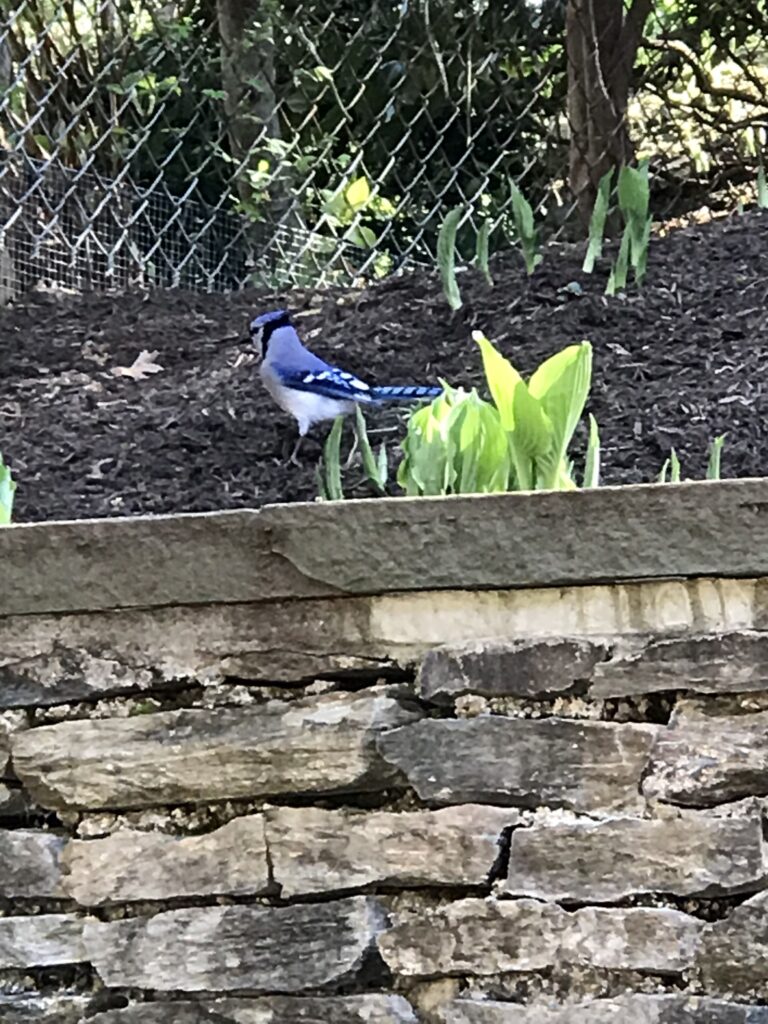
Humans
For the first few days of April, people in the area seemed to follow the social-distancing guidelines quite well. On walks with my dog, I could go through almost the entire walk without running into anyone. But now, whenever the weather is even remotely good (meaning no rain and warmer than 50˚F) people flock to our local parks and common spaces (Figure 9). They’re experiencing, like most of America, cabin fever and are looking for a quick fix. I too find myself going a little stir crazy without access to the mountains, but I must remember that going out on a long hike could do more harm than good. As the weather here gets nicer, I know that the drive to venture outdoors will only increase, but recreating responsibly will help to flatten this curve so that we all may be able to return to normal, or maybe a new normal, soon.
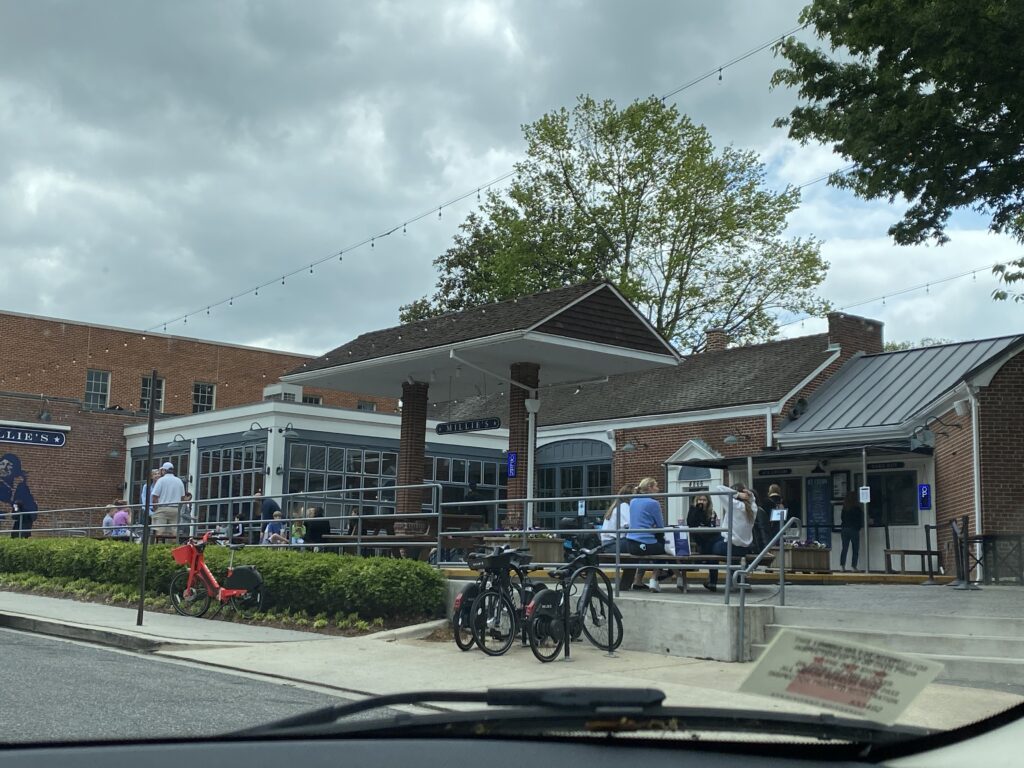
I hope that this pandemic may pass soon, but in the mean time please take care of yourself and those around you by staying indoors, washing your hands, and, if you must venture outside, please follow all safety guidelines.
